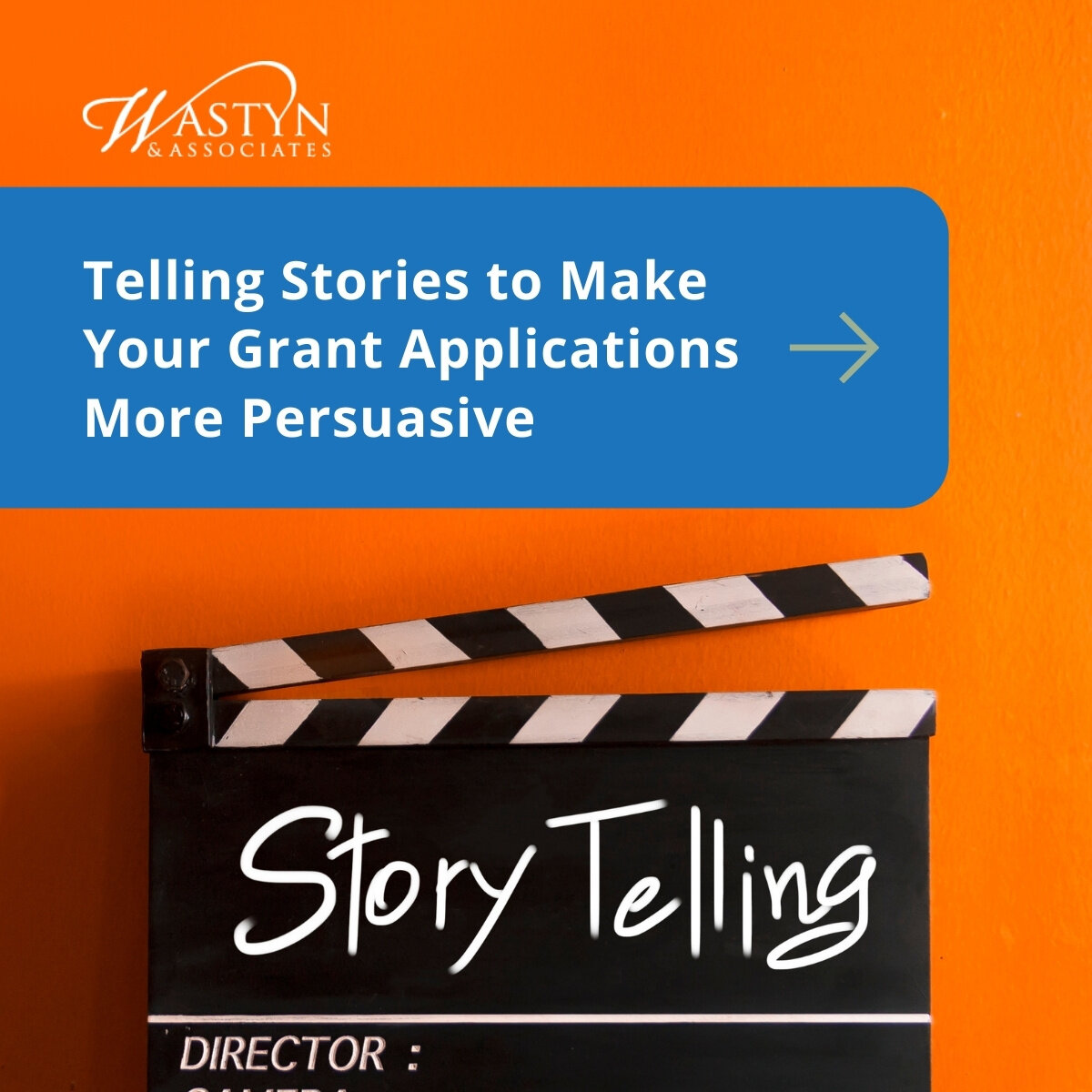“Once Upon a Time” Telling Stories to Make Your Grant Applications More Persuasive
My niece once asked me what a grant writer does. I explained grant writing as a combination of technical and creative writing. Stories provide the creative side of successful grant writing – and any development writing.
Stories make your application and case more relatable, interesting, and memorable. Reviewers will read your application longer, pay closer attention to it, and remember it when it comes time to evaluate all of the applications sitting on their desk or inbox for funding. That’s why instead of lecturing our children, we tell them parables and fairy tales to impart our wisdom and life lessons.
If that’s not reason enough, brain research shows that when people listen to stories, it releases oxytocin in the brain – the feel-good hormone that creates a runner’s high (among others!). This makes the reader feel more generous and view you as more likable. I for one want my reviewers feeling good as they read my proposals!
I often get asked, “with word and character limits, how can I integrate stories into my application and get everything else answered?”
Great question. These five strategies can help you create a compelling story without sacrificing too many precious characters.
1. The entire application should tell a story. A story does not need characters (although it can; keep reading). Instead, it has a logical flow that moves the reader from one idea to the next. Your application should seamlessly move from the needs statement to your project plan and into your evaluation and budget, leaving no “plot holes” or unresolved issues, just like a good Jane Austin novel. Re-read your application to see if you tell a good story. If not, edit it until you do, getting rid of all the extraneous details that do not belong in this story.
2. Use more personal nouns and pronouns. People give to people, so keep people (or animals or whatever your mission supports) at the forefront of your narrative. Instead of talking about “the elderly” or “older Americans,” talk about “your parents and grandparents” or “your neighbors.” The latter humanizes the problem and solution in a way that tells a more compelling story – without adding valuable characters.
3. Use vivid imagery. Your favorite book probably draws pictures with its words. You can visualize Hogwarts, the romantic beach cabin, or gruesome crime scene with great detail. Add that imagery to your applications to draw in the readers’ five senses. Instead of talking about “hunger” or “food insecurity” (yawn!), talk about “rumbling tummies” or that “gnawing emptiness.” The latter will draw your reader into your story better than technical-speak.
4. Talk about a client. Real, imagined, or a compilation of both, tell his or her story in as much detail as you can fit to illustrate your need, solution, or both. For example, after talking about the prevalence of childhood hunger in your community, you might say “Meet Johnny. He has no breakfast food at his house. He tries to concentrate in math class, but learning fractions when you can barely hear the teacher over your growling stomach just does not work.”
5. Continue your story throughout the application. When you talk about your free breakfast program, focus on how it gives students like Johnny the nutrition they need to concentrate and learn. Or better yet how “after eating a nutritious breakfast each morning, Johnny now aces his math tests!” Your evaluation can talk about how students like Johnny will see their test scores increase.
Stories abound because they work! Pay attention to your favorite stories to understand why they grab your attention and use that strategy in your application.





